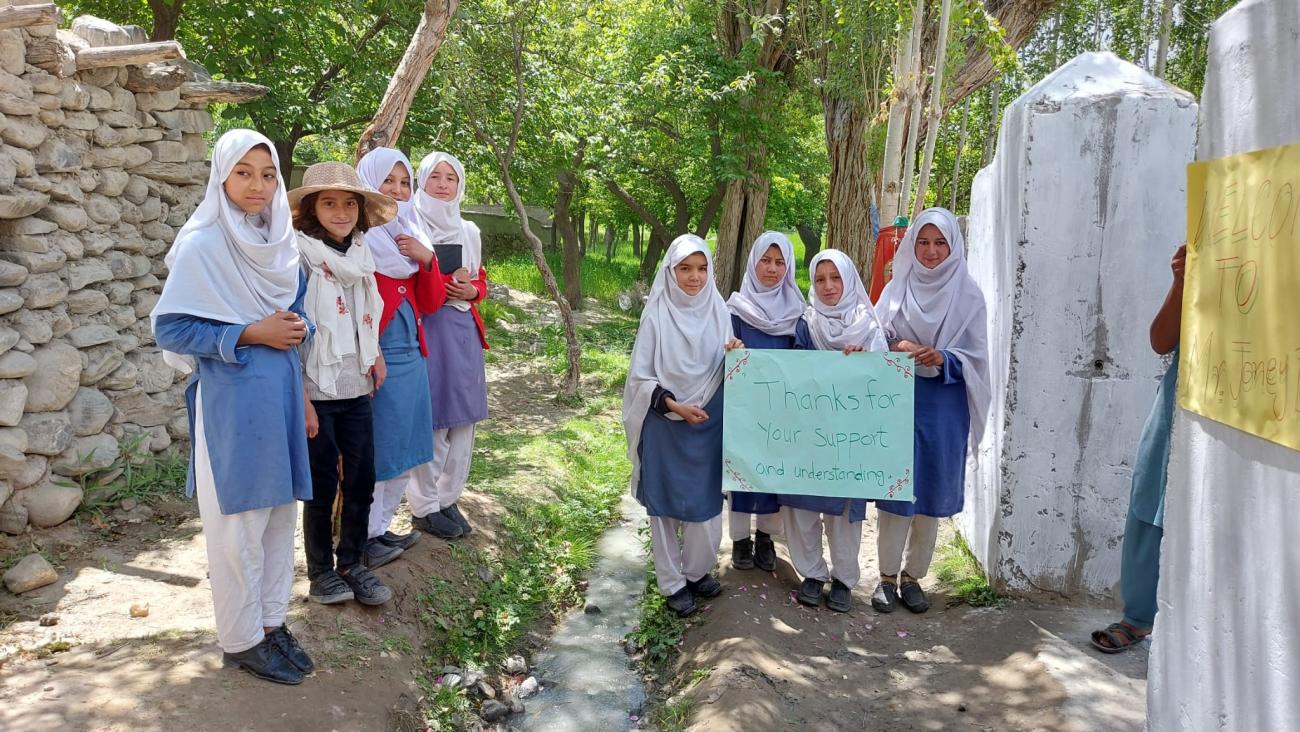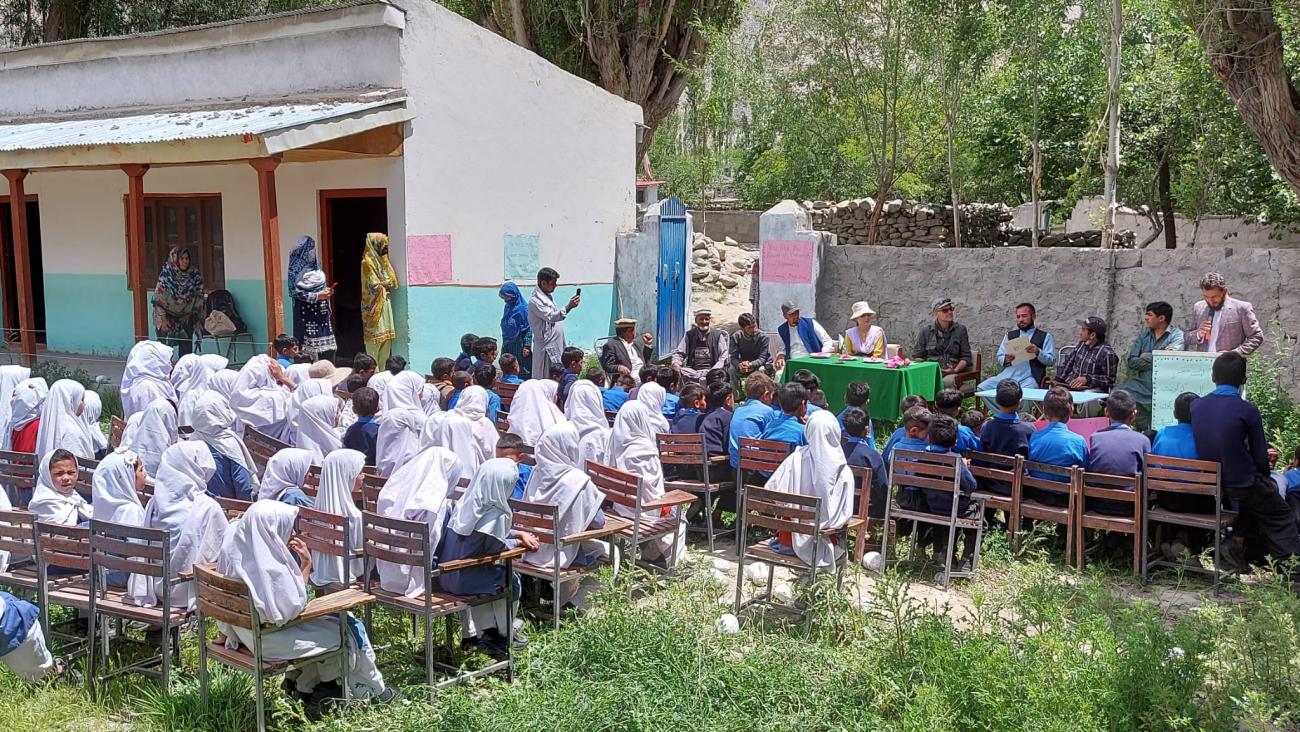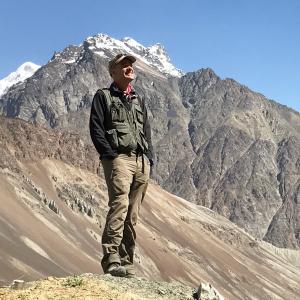Arriving at the remote mountain village of Baleygon was a moving experience.
Crossing the rickety suspension bridge that spans the Hushe River, I could see the children, dressed in their uniform, lined up on either side of the dusty track in a greeting column, girls on one side and boys on the other. When we climbed out of the car they started to cheer and clap. I embraced Mohammed Aslam, the head teacher, in the traditional greeting, was handed some fragrant pink roses by one of the boys and then walked through the children, shaking some of their hands and asking their names. It was as close as I’ll ever get to know what it’s like to be royalty.

Looking to do something positive in an area that had little in the way of formal education, in 2010 I lead a sponsored trek to K2, the proceeds of which – around £20,000 – we used to build a three-classroom school at Baleygon. Back then the village only had a small government primary school with one teacher and two active rooms for over a hundred children. Needless to say, only a few attended the school and those that did were offered few facilities; there were only a handful of broken chairs, there were no teaching aids, there was no toilet, and the children had no uniform.
However, building and running a school in a foreign country, in a location as remote as Baleygon, did not prove easy. Firstly, we had to buy the land and put it into a trust for the village, a process that took over a year. Then we had to get the school built, which took another year. I opened the school in autumn 2012. But if I thought that was where the problems would end, I was wrong – they were only just beginning.

For the next 8 years, we did our best to run the school. We paid for an extra teacher. We paid for two new latrines to be installed – this was very important if we wanted girls to attend. We bought whiteboards and teaching aids. But each time I returned I felt the facility we’d built was being underutilised and as a result, the children not benefitting as much as they could.
But three years ago, we were introduced to the Felix Foundation, a small, local NGO that already ran two other schools in the valley. After some lengthy but friendly discussions, they agreed to take on the running of both our school and the government classrooms if we agreed to keep financing the project. And the results have been amazing.

Both Noor Ali and Shamshair Ali, the chairman and chief trustee of the Felix Foundation, were there to greet us and led us to the school. After the inevitable formal event where we were presented to the children, speeches made and anthems sung, we were shown around. The classrooms actually looked like children’s classrooms in the UK. Painted pink with all manner of pictures on the walls, they were fun and cheerful – a place where children would actually want to be. The whiteboards were covered in English words, there were over 50 chairs, and carpets covered the floors. The latrines were also in use. There were now four fully qualified teachers, and two teaching assistants - four male and two female – and all the children of the village were now attending school. It was quite a transformation.

There are still some issues. Post-pandemic, the Felix Foundation – which was supported by a Spanish organisation – has had its funding cut. The government only pays for two of the teacher's salaries and 15,000 rupees (about £60 – or $75) for the building maintenance, which is not enough. The teachers whose salaries are not paid by the government are woefully low. There is some damp in one of the rooms and one of the latrines is chipped and needs fixing. The perimeter walls of the school need whitewashing. Clearly, we’d need to raise some more money to keep the place going.
But on the whole, I was delighted that the plan we had over a decade ago was finally coming to fruition and the children of the village were actually getting an opportunity to get the education every child deserves.
It was a moving day.
If you’d like to support the work of the Wild Frontiers Foundation, you can donate here:
